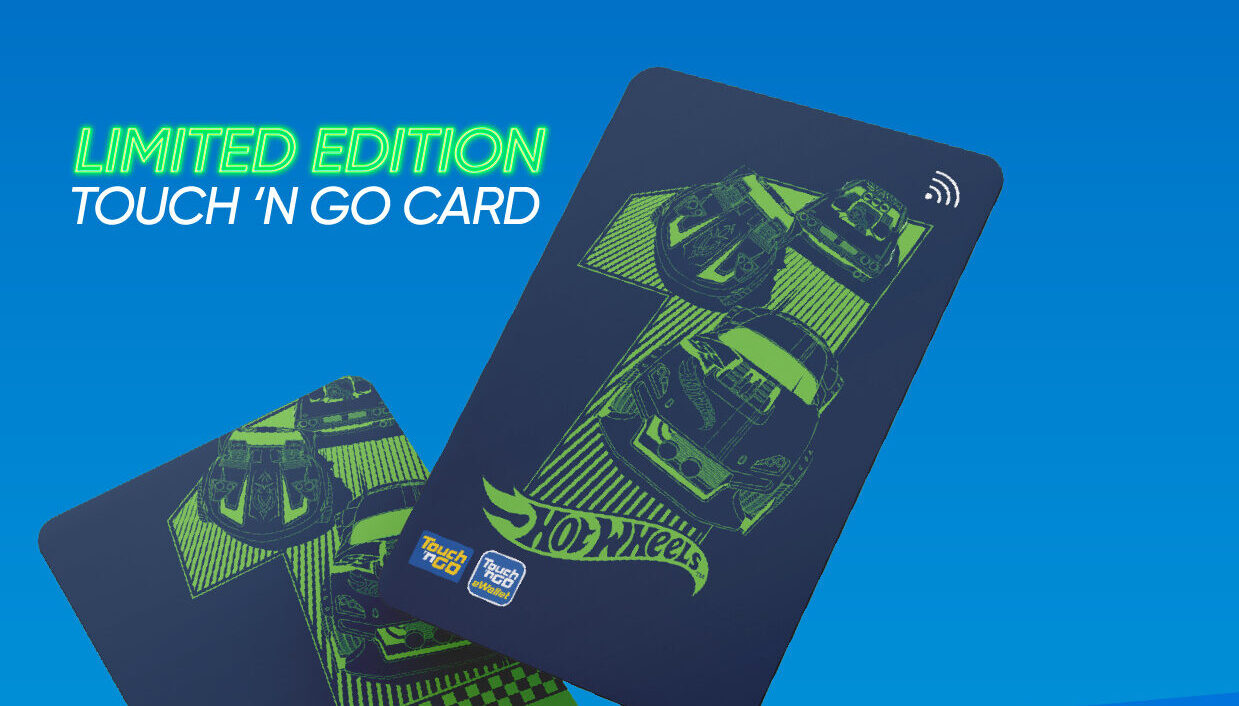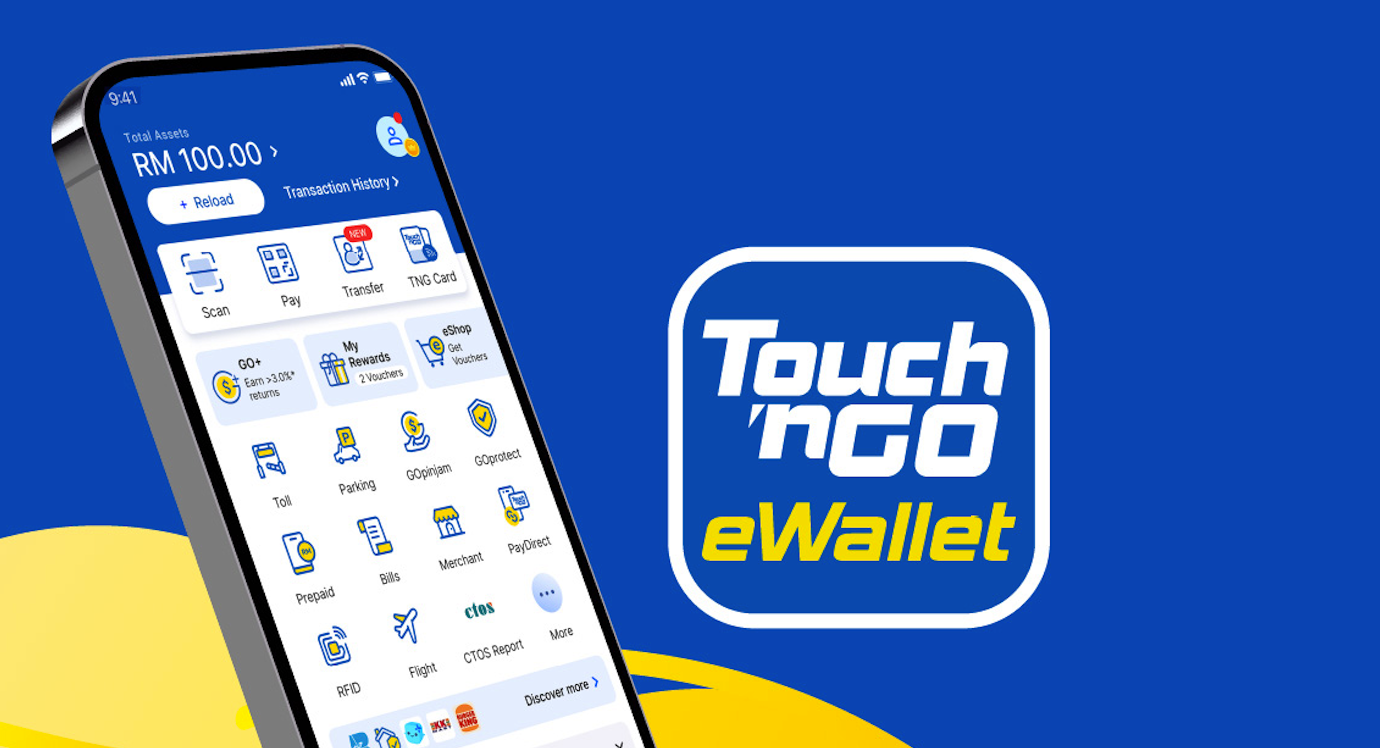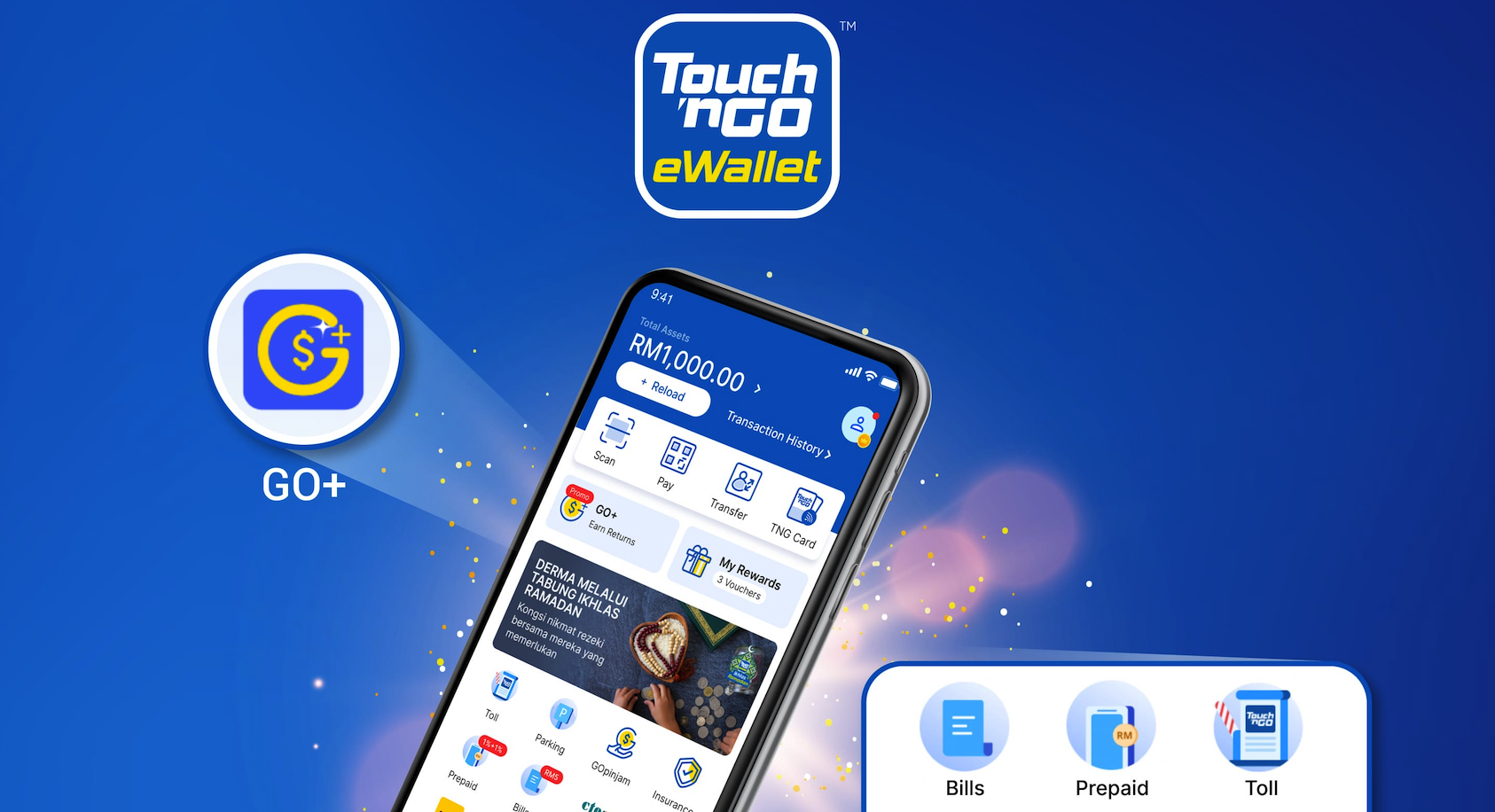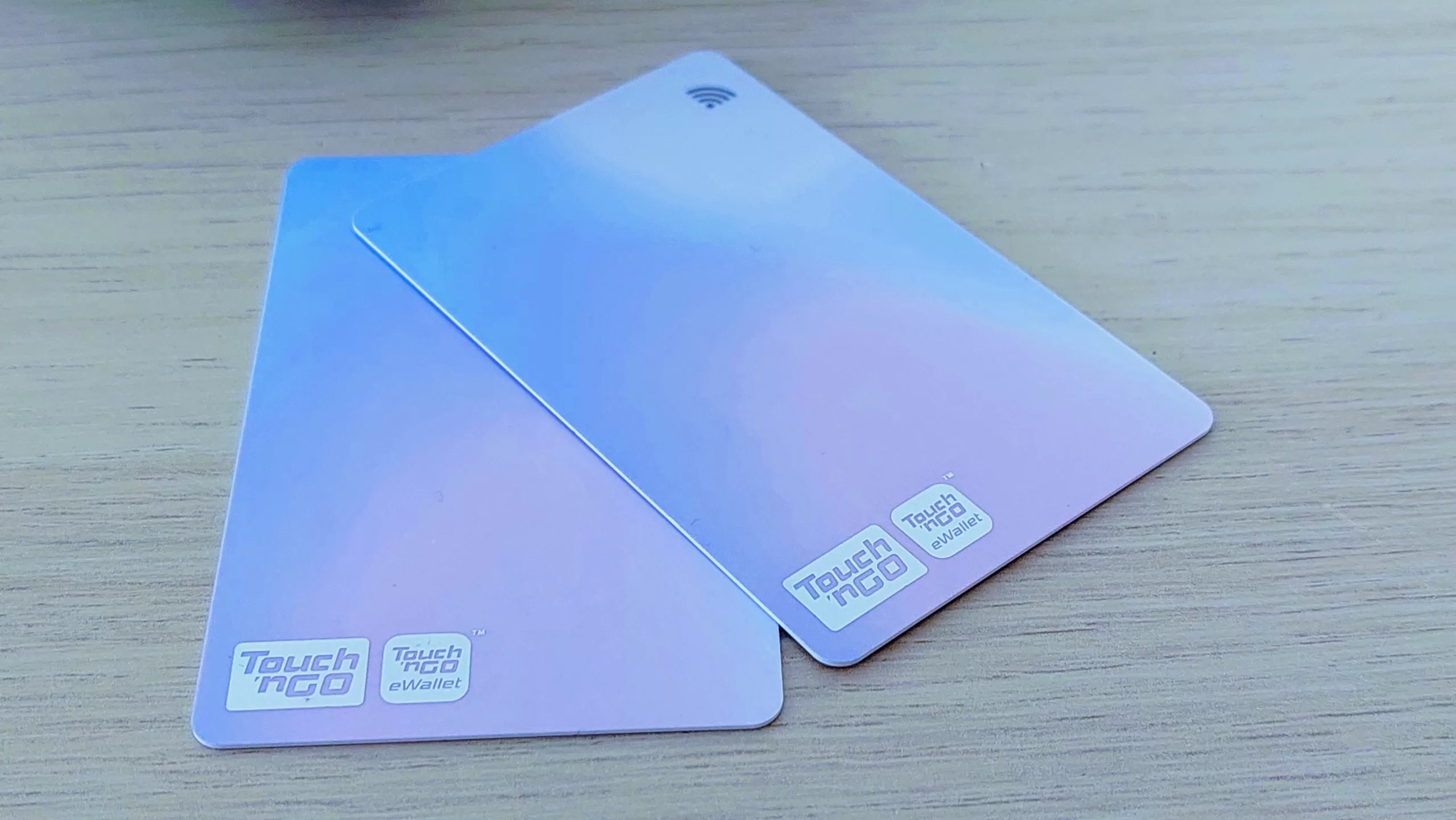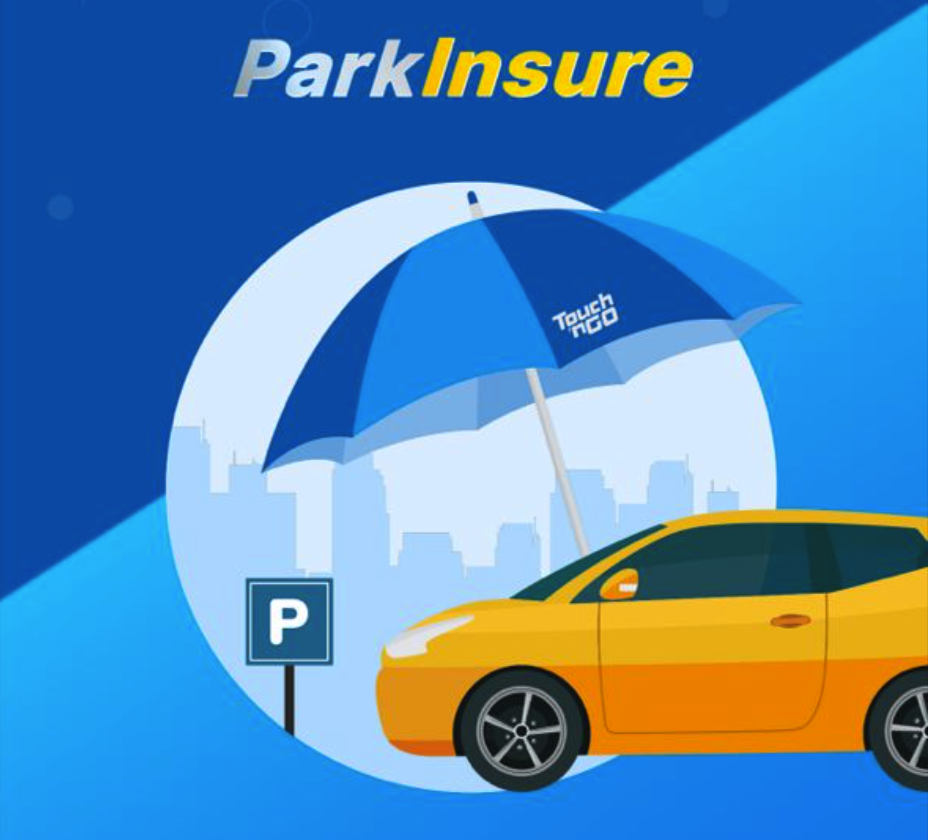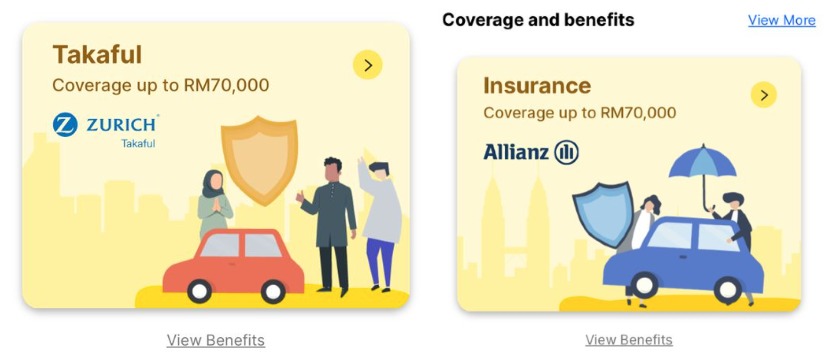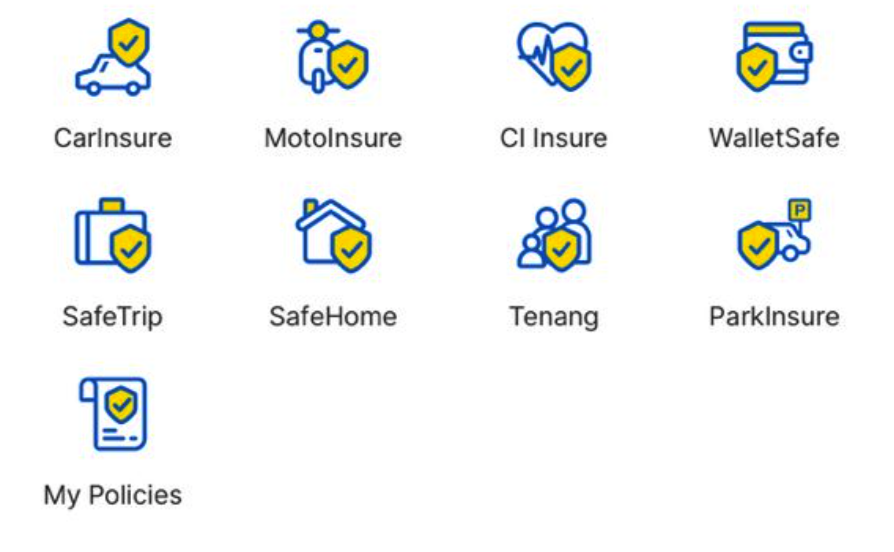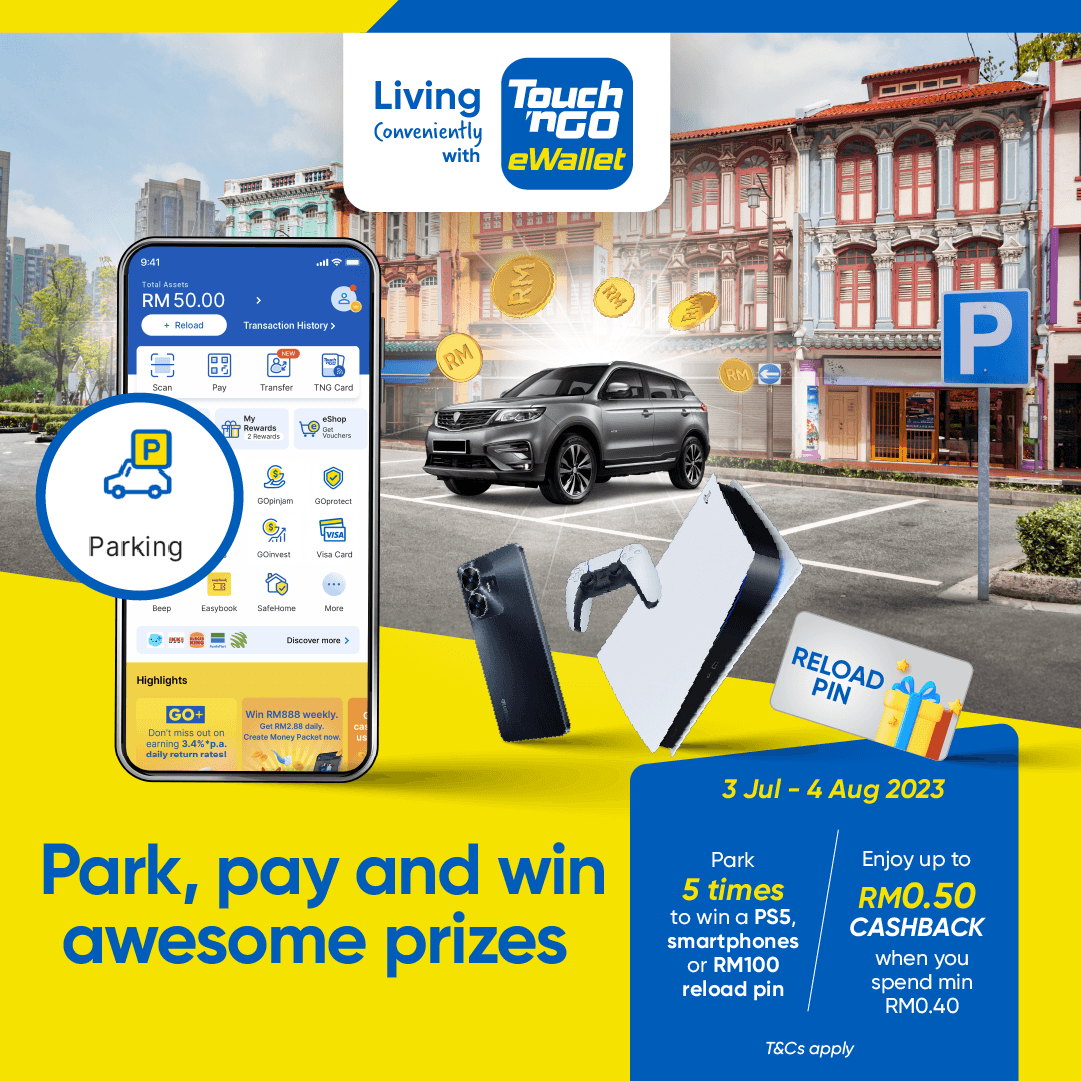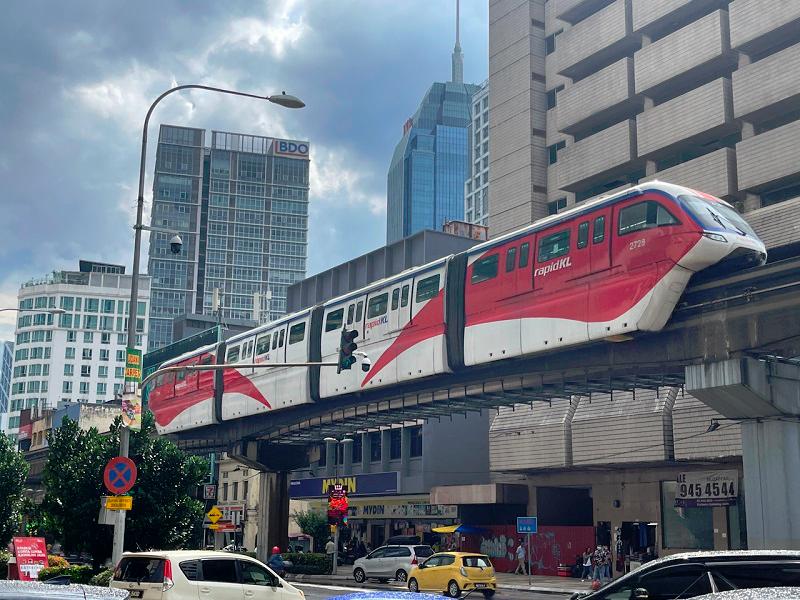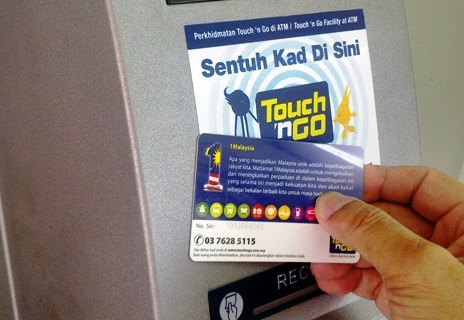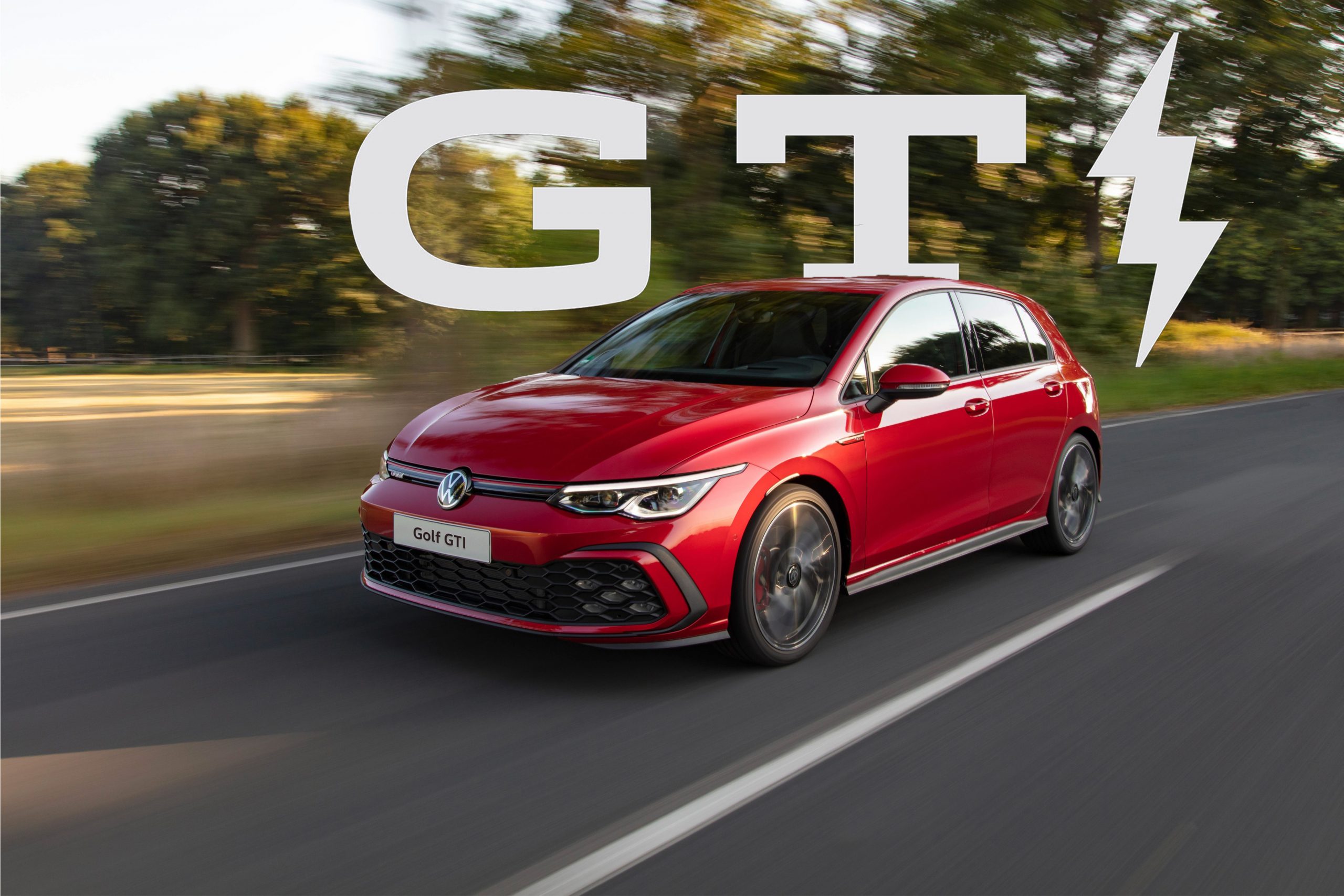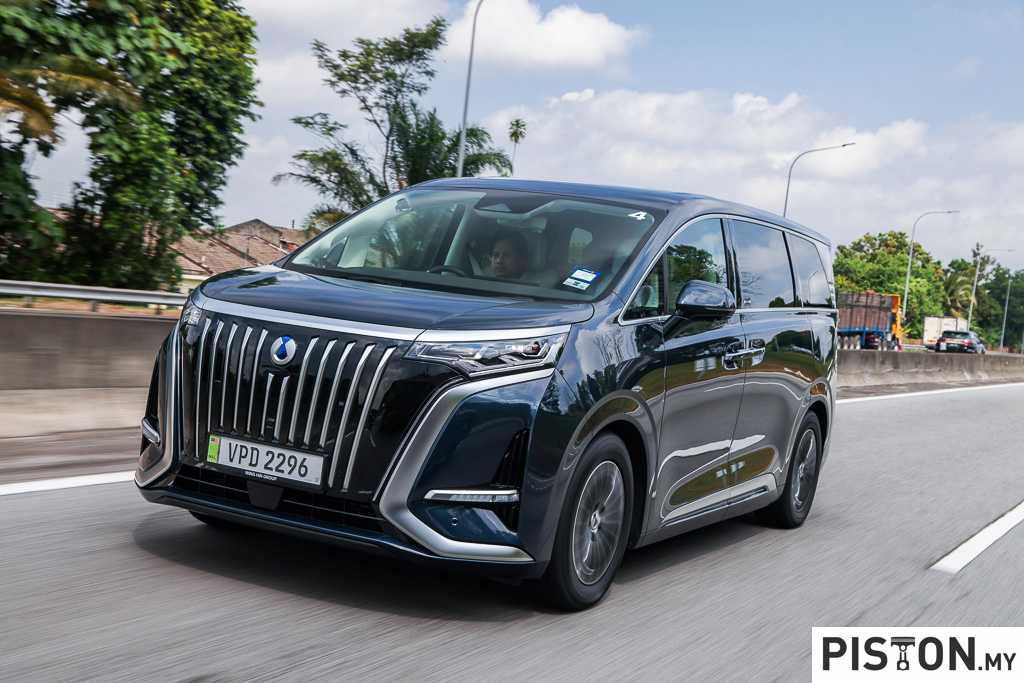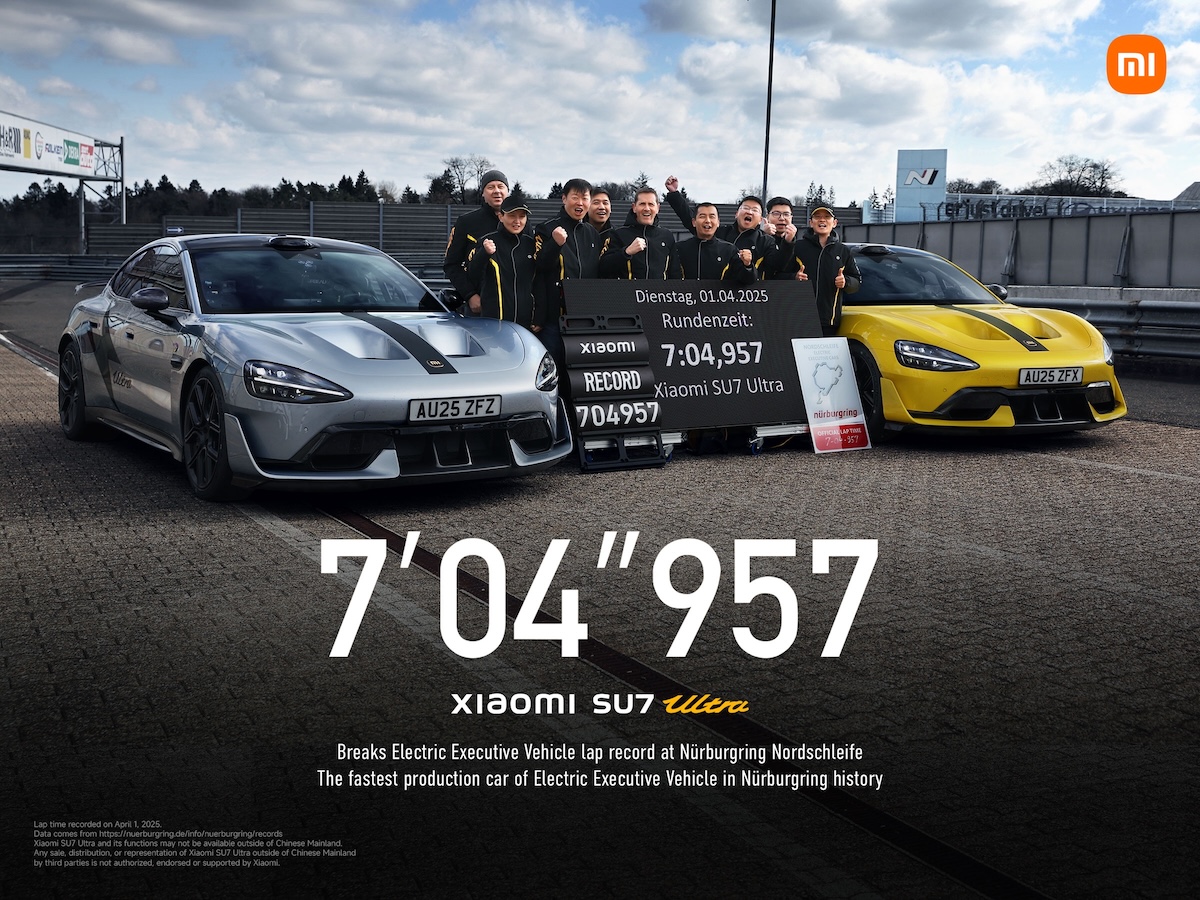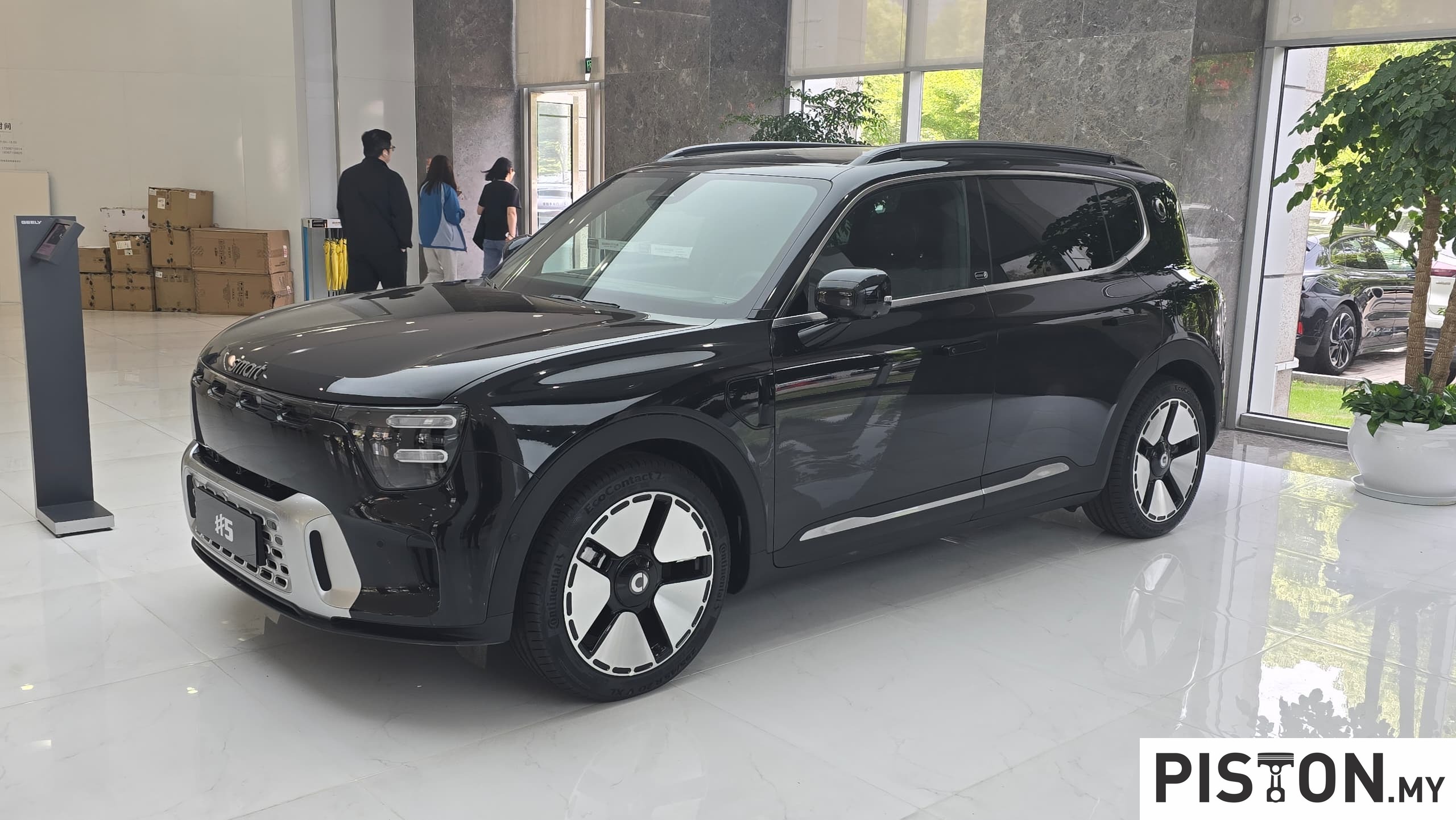Touch ‘n Go Sdn Bhd telah melancarkan edisi ketiga kad Hot Wheels Series yang sangat dinantikan, menyasarkan peminat dan pengumpul kereta dengan tawaran edisi terhad yang menarik. Kad ini memaparkan reka bentuk dwi-tona yang dinamik, mencerminkan tema kelajuan dan keseronokan yang sinonim dengan jenama Hot Wheels, menjadikannya item koleksi yang unik dan menonjol.
Terhad kepada hanya 2,000 unit, kad ini menawarkan peluang eksklusif kepada penggemar untuk memiliki secebis sejarah Hot Wheels dalam bentuk yang berfungsi sepenuhnya sebagai kad Touch ‘n Go. Selain menjadi item yang boleh dikutip, kad ini turut menyediakan kemudahan pembayaran tanpa tunai untuk pelbagai keperluan harian, termasuk tol, tempat letak kereta, dan lain-lain, di lebih 1,500 lokasi. Reka bentuk yang bergaya turut memberi sentuhan kegembiraan kepada setiap transaksi yang dilakukan.



